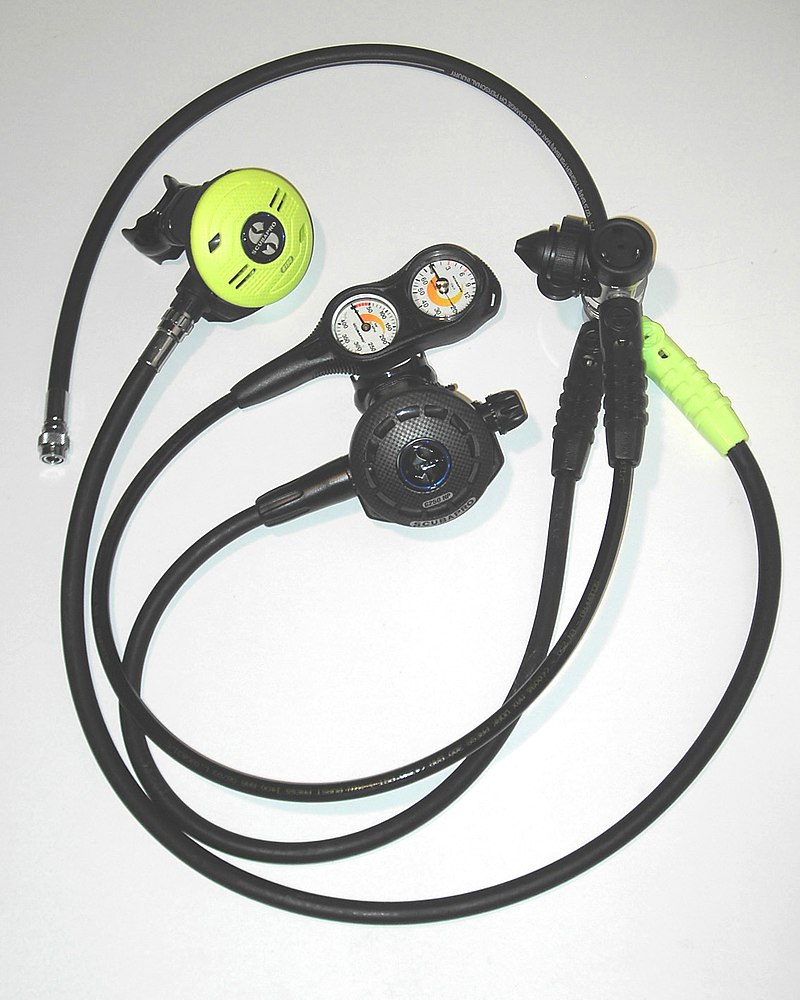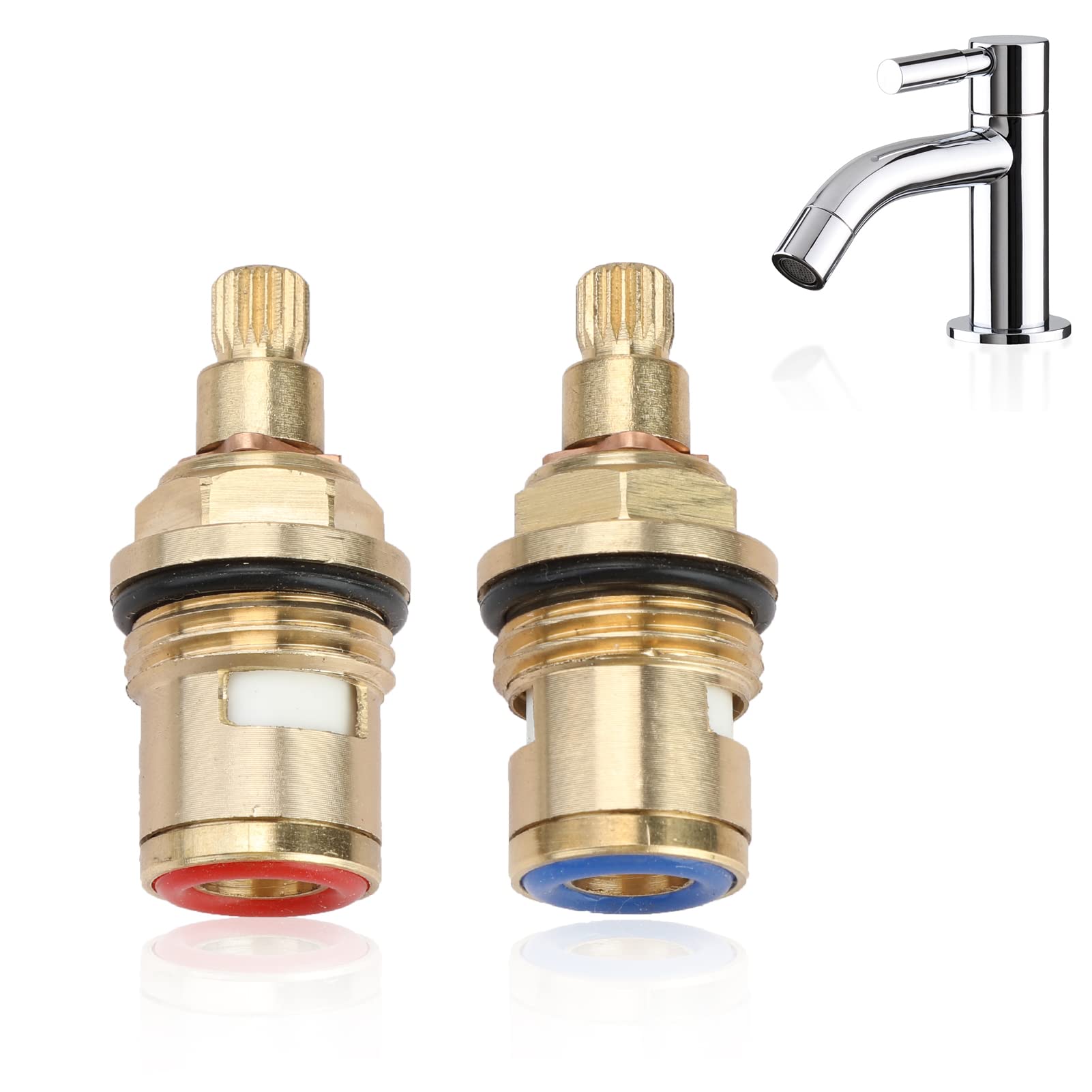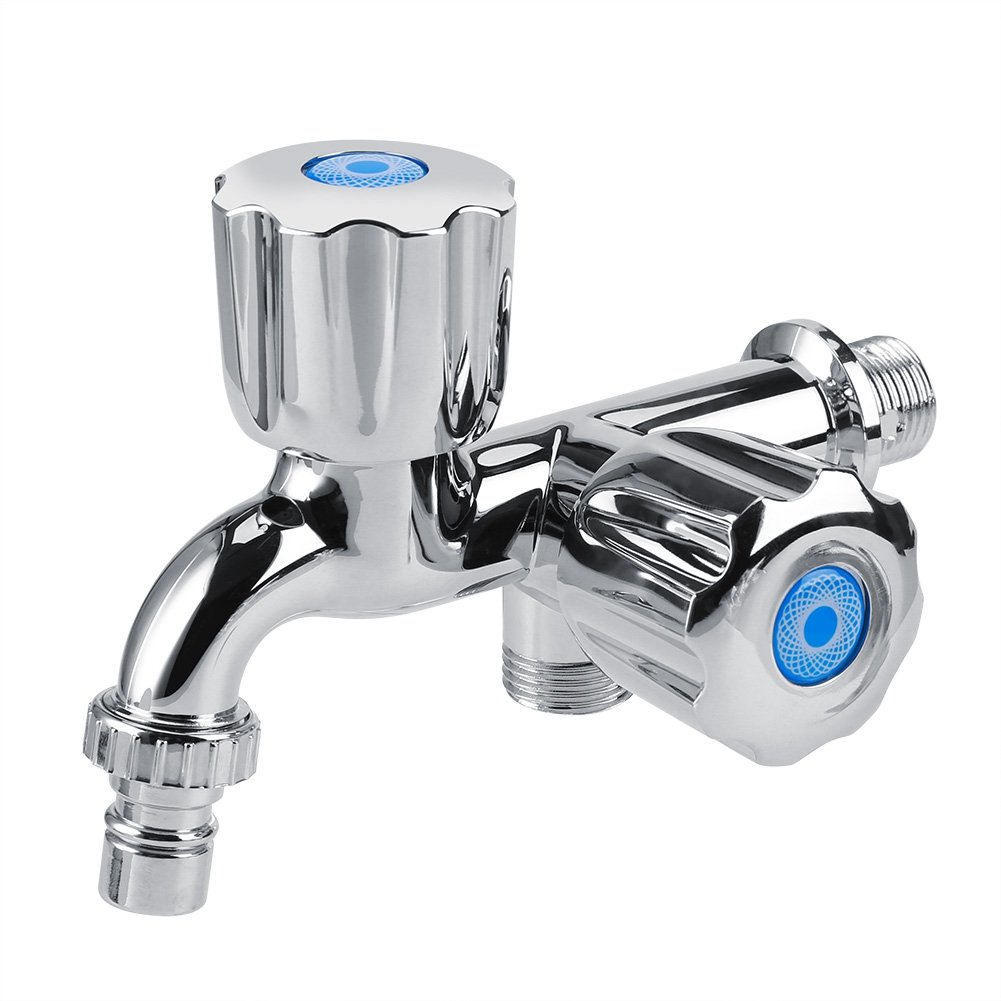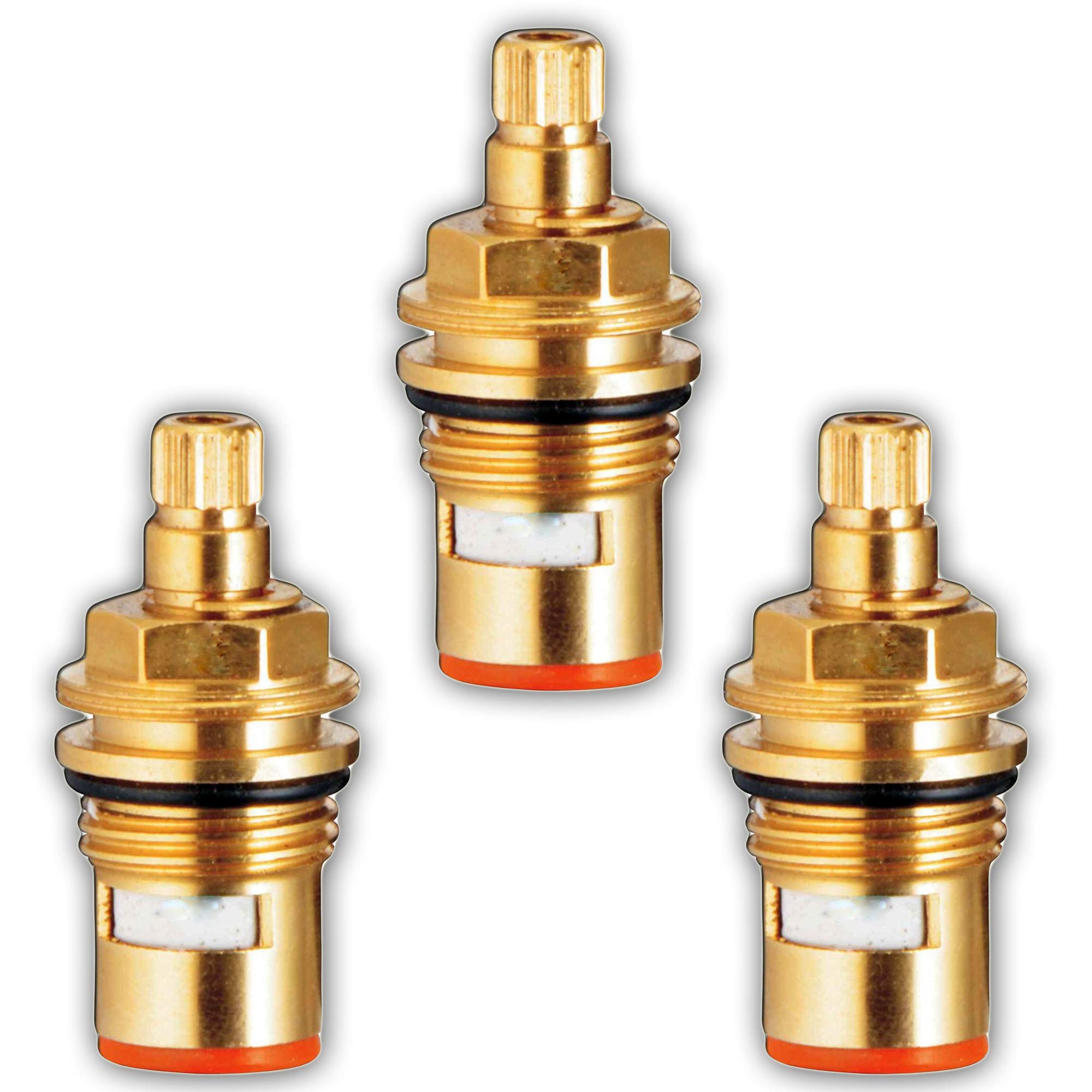Having a tap with no water flow can be a frustrating experience. In this article, I will provide you with troubleshooting tips to help you fix the issue and restore water flow efficiently.
Inspect Other Taps at Home
When troubleshooting a tap with no water flow, it’s important to inspect other taps in your home to determine if the issue is isolated or widespread. This simple step can help you narrow down the potential causes and find a solution faster.
Start by checking other taps in your house. Turn them on and off to see if they are producing water properly. If all taps are experiencing the same problem, it may indicate a larger issue with your water supply.
If only one tap is affected, it’s likely a problem specific to that tap. Inspect the tap for any visible issues such as leaks or damage. Look for any signs of wear and tear, rust, or limescale buildup that could be obstructing the water flow.
Next, check the tap’s valve and handle. Make sure the valve is fully open and the handle is functioning properly. Sometimes, a simple adjustment or tightening can resolve the problem.
Inspect the plumbing connections. Check for any loose or damaged pipes that could be causing a blockage. If you’re comfortable doing so, you can also check the tap’s plumbing connections for any debris or sediment that may be obstructing the water flow.
If you’re unable to identify the issue on your own, it may be time to call a professional plumber for further inspection. They have the expertise and tools to diagnose and fix more complex problems with taps and plumbing systems.
Examine Water Main and Cold Water Cistern
When troubleshooting a tap with no water flow, it’s important to examine both the water main and cold water cistern. Start by checking if the water supply is turned on at the main valve. If it is, move on to inspecting the cold water cistern. Look for any leaks or blockages in the cistern that may be preventing water flow. If you find any sediment or debris, clean it out to restore water flow. In some cases, an airlock may be the culprit.
To fix this, wrap a plastic bag filled with water around the tap and use a hair dryer to warm the pipes and release the airlock. If these troubleshooting tips don’t solve the issue, it’s best to contact a plumber for further inspection and repair.
Identify Leaks and Blockages
- Check for leaks
- Check for blockages
- Inspect the tap components
- Replace faulty components
- Clear blockages
Check for Leaks
- Turn off the water supply to the tap
- Inspect the tap for visible leaks
- Check for any water pooling around the base of the tap
- Look for dripping or running water
Check for Blockages
- Turn off the water supply to the tap
- Remove any attachments or aerators from the tap
- Turn on the tap to see if there is any water flow
- If there is no water flow, proceed to inspect the tap components
Inspect the Tap Components
- Remove the tap handle or cover plate
- Inspect the valve or cartridge for any signs of damage or wear
- Check the seals and O-rings for cracks or deterioration
- Examine the water supply lines for any kinks or blockages

Replace Faulty Components
- Identify the specific faulty component (valve, cartridge, seals, O-rings, etc.)
- Purchase a replacement component from a hardware store

- Follow the manufacturer’s instructions to remove the old component
- Install the new component by following the provided instructions
- Reassemble the tap and turn on the water supply to test for proper flow
Clear Blockages
- Use a plunger to try and clear any blockages in the tap
- Alternatively, unscrew the tap spout and check for any debris or sediment
- Clean the spout thoroughly and reattach it to the tap
- Turn on the water supply to check if the blockage has been cleared
Consider Frozen Pipes and Air-Locks
If you’re experiencing a tap with no water flow, there are a few troubleshooting tips you can try before calling a professional. First, consider the possibility of frozen pipes or air-locks. Frozen pipes can occur in colder climates, especially in basements or areas without proper insulation. To fix this issue, try wrapping the affected pipe with a heating pad or using a hair dryer on low heat to thaw the frozen section.
Air-locks, on the other hand, can happen when there is trapped air in the plumbing system, preventing water flow. To fix this, locate the affected tap and turn it off. Then, find the highest tap in your home and turn it on. This will release the trapped air and allow water to flow freely again.
If neither of these solutions work, it may be a more complex issue, such as a leak or blockage in the plumbing system. In this case, it’s best to call a professional plumber for further inspection and repair.
Evaluate Tap Components and Washers

- Turn off the water supply to the tap.
- Remove the tap handle by unscrewing it or using a screwdriver to pry it off.
- Inspect the tap spindle or cartridge for any signs of damage or wear.
- Check the tap washers for wear or deterioration.

- Remove the tap seat using a tap seat wrench.
- Inspect the tap seat for any signs of damage or corrosion.
- Clean the tap components and washers thoroughly using a brush and vinegar or a descaling solution.
- Replace any damaged or worn tap components, such as the spindle or cartridge.
- Replace the tap washers with new ones if they are worn or deteriorated.
- Reinstall the tap seat and tighten it securely using the tap seat wrench.
- Reattach the tap handle and tighten it properly.
- Turn on the water supply and test the tap for water flow.
Consult Neighbours and Professionals
To start, ask your neighbours if they have encountered a similar issue with their taps. They may have helpful suggestions or even recommend a professional who can assist you. Additionally, reaching out to professionals in the plumbing or handyman industry can provide expert advice and guidance.
When seeking assistance, it’s important to describe the issue accurately. Explain that the tap has no water flow and provide any additional details, such as whether it’s a hot or cold water tap or if any other taps in the house are affected.
If you’re comfortable attempting to fix the tap yourself, here are a few troubleshooting tips:
1. Check the valve: Ensure that the tap’s valve is fully open. Sometimes, it may be partially closed, resulting in no water flow. Turn the valve counterclockwise to fully open it.
2. Inspect for leaks: Look for any visible leaks around the tap or underneath the sink. Leaks could indicate a problem with the plumbing system that is affecting water flow.
3. Clear limescale or debris: Over time, limescale or debris can accumulate in the tap, obstructing water flow. Remove the tap’s aerator or spout and clean it thoroughly. Use a brush or toothpick to dislodge any debris.
4. Check water pressure: Low water pressure can also cause a tap to have no water flow. Ensure that the main water supply valve is fully open. If the pressure issue persists, consider contacting a professional to assess the plumbing system.
F.A.Q.
How do you fix a water tap?
To fix a water tap, start by turning off the water supply by locating the shut-off valves under the sink. Next, close the drain and remove the tap handle. Then, expose the cartridge or valve and inspect and replace any worn washers or O-rings. If necessary, apply plumber’s tape. Finally, reassemble the tap and reattach the tap handle.
Why did my faucet suddenly stop working?
Your faucet may have suddenly stopped working due to various reasons such as a closed valve, a water heater malfunction, leaky pipe, or an issue with your water supply. It is important not to panic and troubleshoot these potential causes.
Why would one tap not work?
One tap may not work due to a clogged aerator or a closed stopcock.
Why does a tap stop working?
A tap may stop working due to a blockage in the plumbing pipes caused by sediment build-up such as limescale, rust, debris, or heavy metal deposits.

